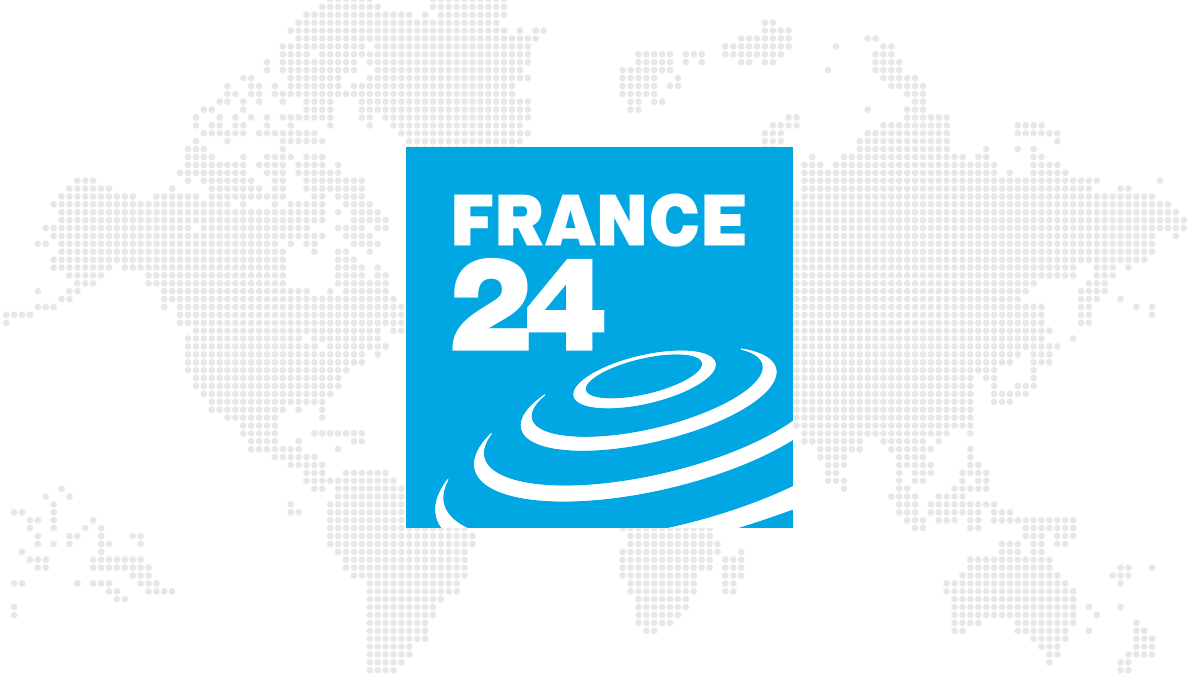Moscow (AFP)
Nauka ("science" in Russian) took off on July 21 aboard a Proton-M rocket from the Russian Baikonur Cosmodrome in Kazakhstan.
At the end of these eight days in space, necessary to position itself in the same orbit as the ISS, this space laboratory docked at 4:29 p.m. (1:29 p.m. GMT) at the Russian service module Zvezda.
"Contact confirmed," Russian space agency Roscosmos said on its Twitter account.
"According to telemetry data and reports from the ISS crew, the station's onboard systems and the Nauka module are functioning normally," the space agency then said in a statement.
The docking was to take place in automatic mode, but cosmonaut Oleg Novitsky, currently on the ISS, took manual control of the module to guide him over the very last meters.
"New module, new perspectives for Russian cosmonautics", greeted him on Twitter cosmonaut Ivan Vagner.
# photo1
Several months and a series of extra-vehicular outings will still be necessary to make Nauka fully operational and integrated into the ISS.
This is the first time in eleven years that a new Russian module has joined the orbital laboratory.
The launch was closely scrutinized by the European Space Agency (ESA), Nauka taking with it one of its equipment, the ERA robotic arm which will be installed outside the module.
- Relief -
"We are not going to lie: it did not go as usual, but it did not go badly", declared the director of Roscosmos Dmitri Rogozine, quoted by the Russian agencies.
After a successful launch and placing in orbit, the course of Nauka was indeed marked by several technical concerns, forcing the space agency to maneuvers and raising fears for a time that the module could not reach the ISS.
"We were concerned the first three days, there was a loss of telemetry", continued Mr. Rogozine, adding that a "state commission will analyze all the observations".
"Congratulations to everyone involved," ESA Director General Josef Aschbacher commented on Twitter, NASA and private actor Boeing Space also congratulating the Russian space agency.
The ISS and space exploration remain a rare area in which international cooperation functions, in a period of tensions between Russia and Western countries.
With a total weight of 20 tons for an interior volume of 70 m3 - which makes it one of the largest on the ISS - the module began to be assembled during the 1990s but its launch, initially planned for 2007, has been constantly delayed.
# photo2
Like other Russian space projects, it suffered from funding problems, bureaucratic errors and technical problems during its design.
This space laboratory replaces the Pirs module, much smaller, which detached from the ISS on Monday before burning up on re-entering the Earth's atmosphere over the Pacific Ocean.
Pirs had joined the orbital station in 2011 and was only due to have been in service for five years, but the delays of his replacement had forced Roscosmos to extend his life.
If Nauka is primarily a laboratory module, it will also provide "additional volumes for workstations and cargo storage, locations for water and oxygen regeneration equipment," according to Roscosmos.
ESA's robotic arm, on the other hand, had been almost ready since 2007 and was only waiting for this mooring.
Attached to Nauka and able to "move" along the Russian segment of the ISS, it can carry up to eight tons of equipment and will help astronauts in particular during their extra-vehicular outings.
© 2021 AFP

